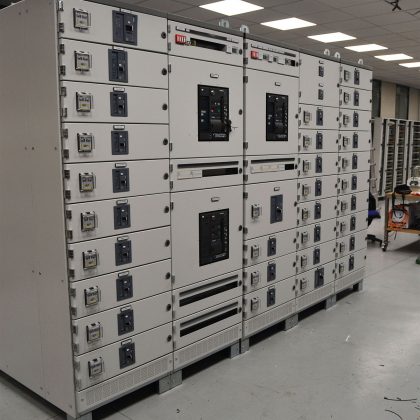Medium voltage electrical cabins are critical components in modern electrical infrastructure, serving as hubs for power distribution and management. As the demand for efficient, reliable, and safe electrical systems continues to rise, the innovations in the design and deployment of these cabins have become increasingly vital. This evolution is marked by advancements in materials, technology, and design methodologies that enhance performance and sustainability. At the forefront of these innovations is the integration of smart technology. Modern medium voltage electrical cabins are equipped with advanced monitoring and control systems that provide real-time data on operational parameters. This connectivity allows for predictive maintenance, enabling operators to foresee potential failures before they occur, thus minimizing downtime and maintenance costs. For instance, the implementation of IoT Internet of Things devices allows for remote monitoring, enabling operators to access crucial information from anywhere, facilitating quicker decision-making and response times.

Design improvements are also pivotal in enhancing the operational efficiency of medium voltage cabins. Modular designs have gained traction, allowing for flexible configurations that can be tailored to specific site requirements. These modular systems not only streamline the installation process but also provide scalability to accommodate future growth. Furthermore, cabine trasformazione innovations in insulation materials, such as environmentally friendly alternatives, have led to reduced energy losses and improved safety standards. These materials ensure optimal performance under various environmental conditions, enhancing the longevity and reliability of the cabins. In addition to technical advancements, aesthetic considerations are increasingly influencing the design of medium voltage cabins. The growing emphasis on urban aesthetics necessitates designs that seamlessly integrate with their surroundings while maintaining functionality. Architects and engineers are collaborating to create visually appealing cabins that do not compromise on performance, thereby aligning with the broader goals of urban development and sustainability.
Deployment strategies have also evolved in response to these innovations. Enhanced logistics planning and the use of advanced simulation tools allow for better project management and execution. These tools facilitate the analysis of site conditions, enabling teams to optimize installation processes and reduce risks associated with unforeseen challenges. Moreover, adherence to stringent safety and regulatory standards ensures that newly deployed cabins meet the highest safety benchmarks. The journey from design to deployment of medium voltage electrical cabins is characterized by significant innovations that enhance their functionality, efficiency, and sustainability. The integration of smart technology, modular designs, and aesthetic considerations, coupled with advanced deployment strategies, positions these cabins as essential components of modern electrical infrastructure. As the industry continues to evolve, these innovations will play a crucial role in meeting the increasing demands for reliable and efficient power distribution in both urban and rural settings.

